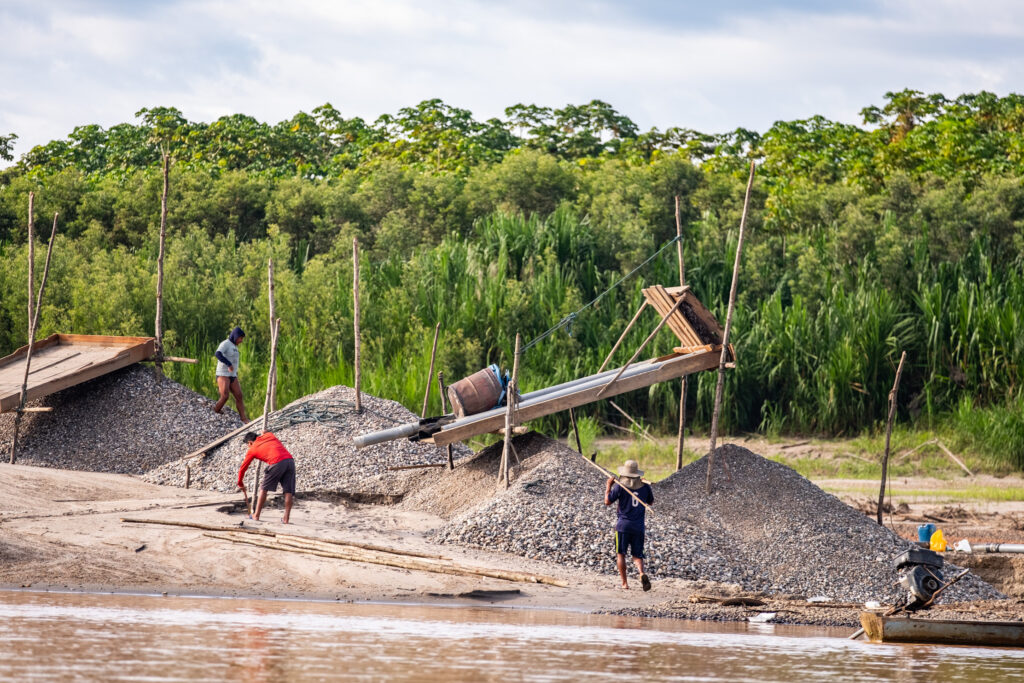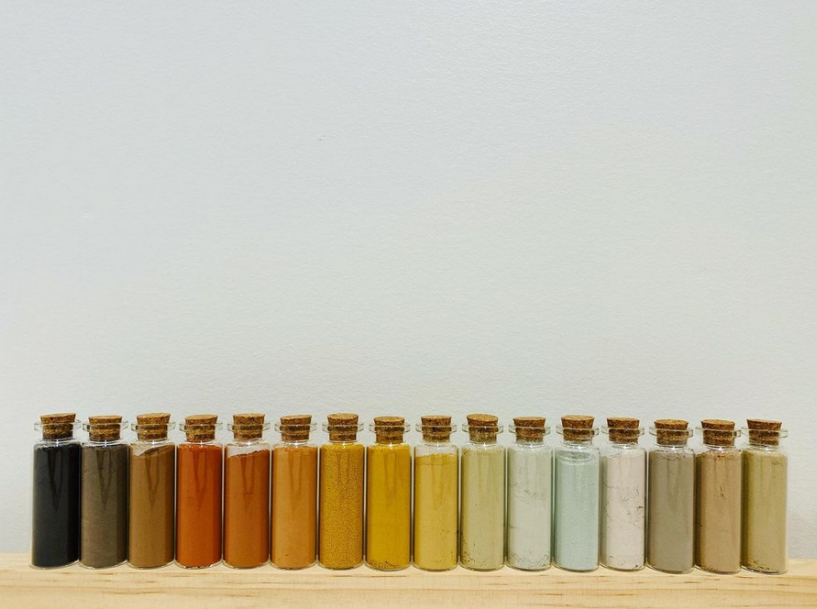BLOG
LA MINERÍA DE ORO EN LA AMAZONÍA PERUANA

[Photo credit: Jason Houston/CINCIA]
Una amenaza para la seguridad humana
La extracción ilegal de oro no sólo amenaza la biodiversidad de la Amazonia peruana, sino que también pone en peligro la salud y los medios de vida de muchas personas que viven en las zonas de extracción de oro y sus alrededores. El gobierno intenta obtener un mayor control mediante la formalización de la minería del oro, al mismo tiempo que desaloja a los mineros ilegales y destruye sus campamentos con el apoyo de la policía medioambiental y el ejército. Hasta ahora, estas iniciativas han tenido un éxito moderado, mientras que la seguridad humana en las zonas sigue siendo precaria.
TROPISCH TROCKEN
Der austrocknende Regenwald: Vom Einfluss der Dürre in den Tropen.
Regenwald und Dürre passen gedanklich nicht zusammen. Während uns bei Dürre die Bilder rissiger Böden und ausgetrockneter Flussläufe in den Sinn kommen, denken wir bei Regenwald in erster Linie an tropfnasse Wälder und weite Flusslandschaften. Dennoch ist Dürre ein weit verbreitetes Phänomen, das die meisten Ökosysteme, insbesondere feuchte Gebiete mit viel Niederschlag betrifft (Garcia et al. 2018). Dürre ist aber nicht nur ein klimatisches Phänomen, sondern wird stark durch Boden und Gesellschaft mitgeprägt.
IT’S SOIL TIME
Despite Einstein’s claim time being an illusion, it seems to be relative in soils: many types of bacteria double every 20 minutes (under cozy conditions), a plant usually germinates between 1 and 2 weeks, an earthworm lives on average two years in nature, and, in the Amazon rainforest, trees can become 1000 years old. Although these forests were probably formed during the Eocene era (56 to 34 million years ago), but it was only during the Devonian age (416 to 359 million years ago) that the first plants adapted efficiently to live on land.
But first, what are soils good for?







